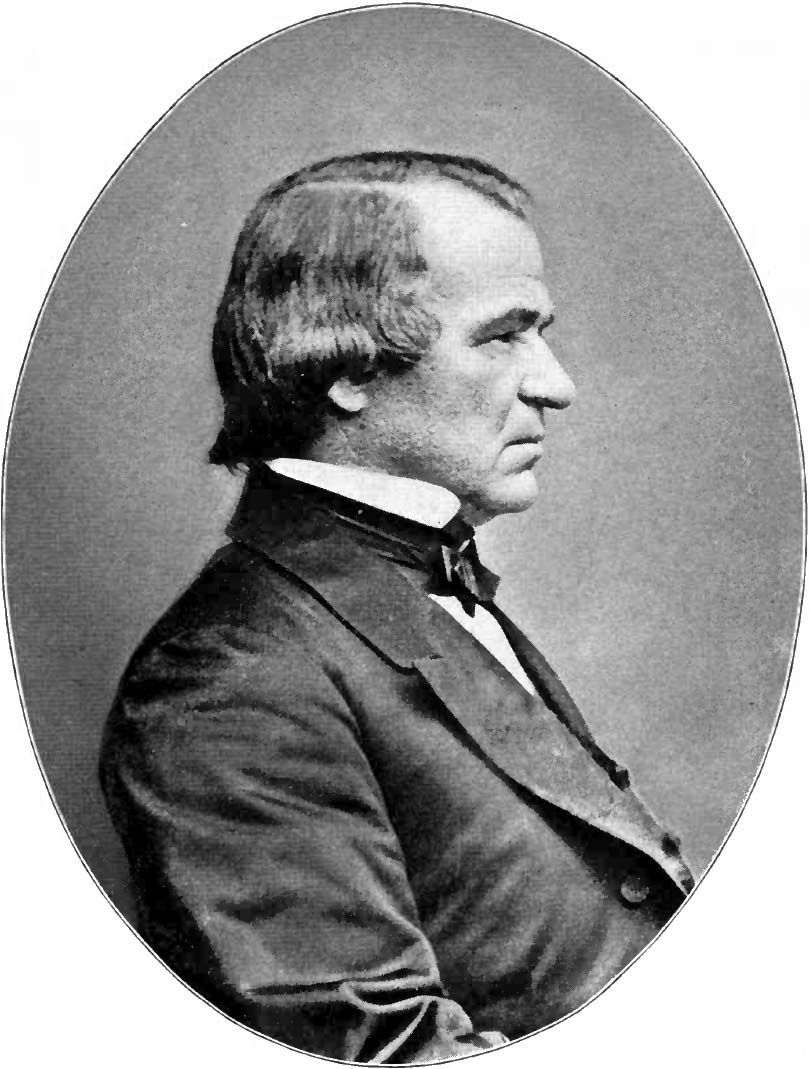*Image Credit: Wikimedia Commons Though hostilities had officially ceased more than a year before with the surrender of the last Confederate Army, no declaration of reunification had occurred for the United States of America after the Civil War. President Andrew Johnson, of North Carolina, offered up Proclamation 157 – “Declaring that Peace, Order, Tranquillity [sic], and Civil Authority Now Exists in and Throughout the Whole of the United States of America” – on August 20, 1866. The bloodiest conflict in America’s history was now officially over. The Civil War had begun more than five years before, when Confederate soldiers fired on Union Fort Sumter in South Carolina on April 12th. President Abraham Lincoln, acutely aware that the disagreement over slavery and its consequences would no longer be settled through legislative means, called for 75,000 volunteers to aid the Union cause. Soon after, battles pitting brother against brother would define the future of the 85-year-old country. Initially, the Confederacy gained the upper hand, stringing victories together for the better part of six months with comparatively few defeats and nearing the capital of Washington, DC. Over the course of four years, however, the size of the Union Army and technological advancements in its favor helped Lincoln’s men turn the tide. Of particular importance were the vast difference in railroad lines and the wide coverage of telegraph cables in the North, meaning supplies and men could be moved quickly from one state to another compared to southern armies that frequently had to march long distances. By the time Confederate General Robert E. Lee surrendered his army to Ulysses S. Grant at Appomattox Court House on April 9, 1865, more than 620,000 men had died on both sides. The destruction of property, particularly in the states that had seceded from the Union, left many areas in near-ruin. Upon Lincoln’s assassination five days after Lee’s surrender, Andrew Johnson took on the role of President with an eye for Reconstruction. Sensing the need to add a sense of finality to the proceedings and to formally accept the rebellious states as part of the US once again, Johnson issued Proclamation 157 on August 20, 1866 just months after an insurgency in the State of Texas had come to a close. The hard work of rebuilding a nation would now begin. With prejudices entrenched throughout the nation, and especially in the former Confederacy, the process of knitting together a new cultural fabric in which slavery no longer existed took generations. Though cities in the South developed as international trade returned and the United States military opened bases in large numbers during the Cold War, race relations were still poor. It would take nearly a century after Johnson’s declaration for African-Americans to generate national attention for the scope of racism within the region. Only through the Civil Rights Movement of the 1960s, led by Martin Luther King, Jr. and Malcolm X, would the US come to realize the close of the Civil War had not meant the formation of a perfect union.
August 20, 1866 CE – President Andrew Johnson Formally Declares the American Civil War Over
*Image Credit: Wikimedia Commons Though hostilities had officially ceased more than a year before with the surrender of the last Confederate Army, no declaration of reunification had occurred for the…
403
